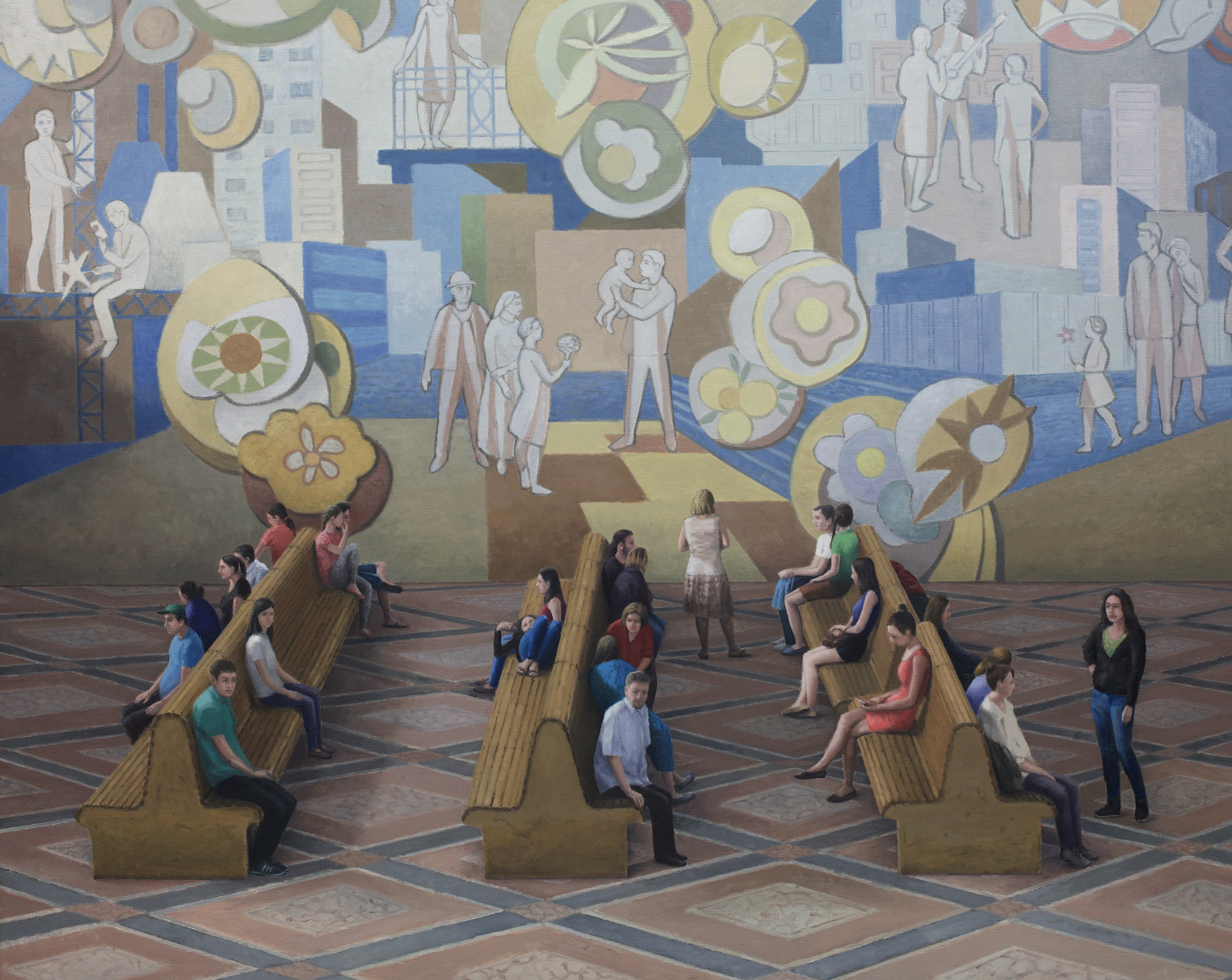Describe your studio/work practice.
I don’t have a regular schedule although I try to go to the studio every day. Of course, before deadlines I get to work unfortunately almost around the clock. I share the studio with Șerban Savu who has a fixed schedule, working daily from 10 am to 7 pm. We are very different from this point of view.

What’s the biggest risk you’ve taken as an artist?
The biggest risk is to try to live off exclusively of art. I don’t have other sources of income at the moment, even if I used to work as an editor for IDEA arts + society magazine until recently.
If you could show with any artist living or dead, who would it be?
I like Bas Jan Ader and Mladen Stilinović. But actually, this would be a very long list.
What is your biggest influence outside of the art world?
Science fiction, comics, and cartoons.

What does participation in the Venice Biennale mean to you?
The Romanian art scene is quite small and clustered in two or three artistic centers—Cluj, București, Iași—maybe four, if you also count Timișoara. Being part of the Venice Biennale is a way of getting out of your den, of measuring yourself against and interacting with what is going on outside your circle. The internet can sometimes be misleading for small art scenes, and scrolling the Instagram might give one the false impression of being very well informed. Naturally, the Venice Biennale might as well be just another illusion, but it is a good opportunity to take the pulse of the spirit of the times and of the new artistic trends in a staggering place or—were I more cynical—to see the money at work.
What do you expect in terms of your career as a result of this participation?
Nothing, to be honest. In this case, I am a “circumstantial curator”, what matters is my long-time collaboration with Șerban Savu and this is just another stage in its evolution.
Did you feel or sense anything during the application process or preparation that made you aware of being Central-Eastern European? If yes, what were the advantages or disadvantages of this? (eg.: financial aspect, reception)
To a great extent, our project revolves around a particular geopolitical situation, Savu’s scenes capture the transition from communism to something else, a transition that we are still undergoing in Central-Eastern Europe.
Do you think there is such a thing as ‘Central-Eastern European-ness’ in the field of fine arts, similar to history, politics, and culture? If yes, in what ways?
I do. There is a special sense of humor and also, you have to understand the context in order to understand the artwork. But this applies as well to others, not only the Central Europeans. The context is always important.
As a curator at the Venice Biennale, did you notice any changes in yourself during the preparation? E.g: Has your attention, taste, or opinion changed? Has your range of interests expanded? If yes, in what way?
I am not a curator in the traditional sense of the word, although I have curated a growing number of exhibitions over the last years. Our project coalesced as a result of the long-time collaboration between two very different artists with strong affinities. I could probably say that, for me, the challenge was to discipline myself to think as a curator, not as an artist. And whereas the themes of this collaborative project—work and leisure in the Romanian and broader context—are also part of my area of interest and therefore, very familiar to me, Șerban is a painter and I am more of a conceptual artist, informed however by the same East-European background.
